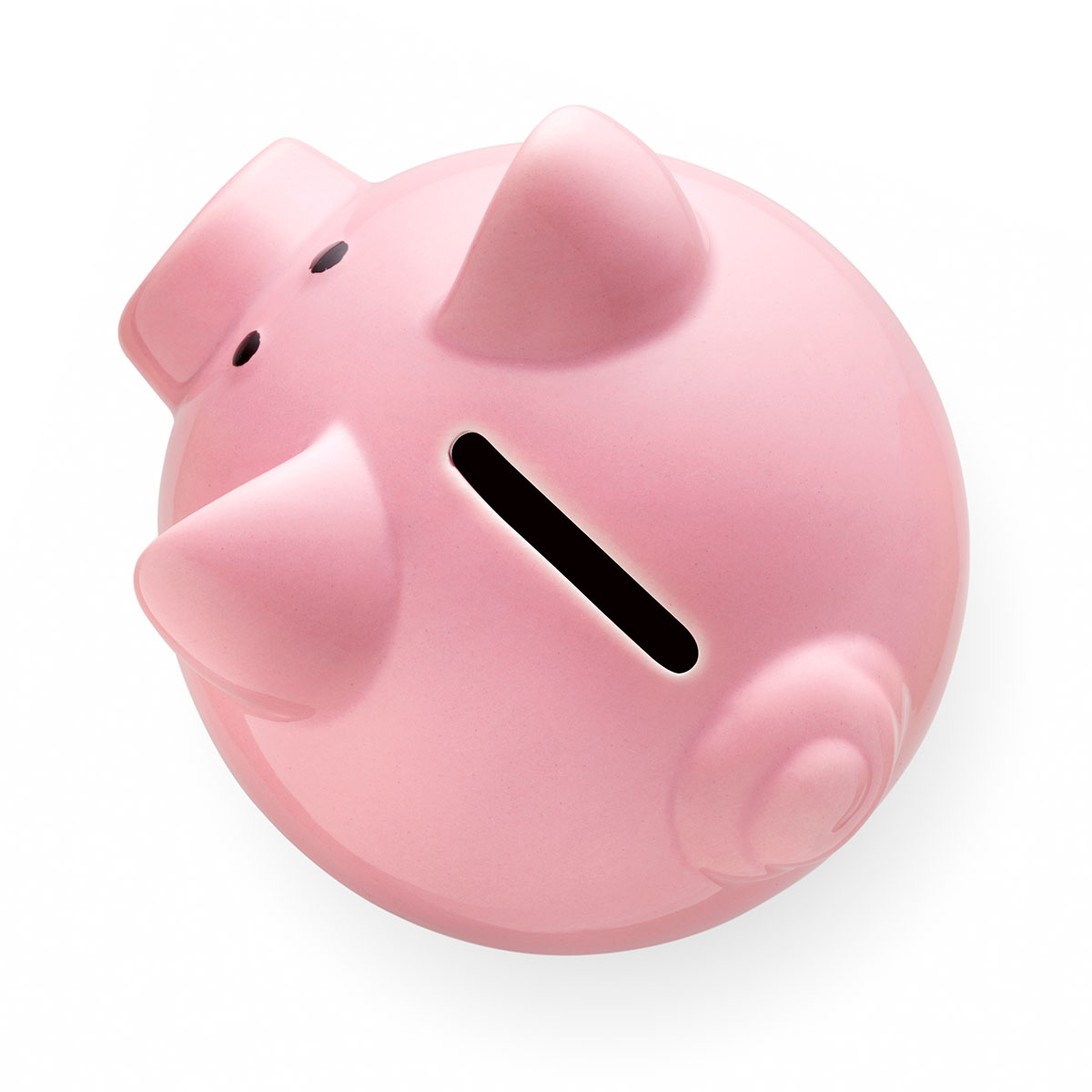We’ve all been there. We look an explanation of benefits (EOB) from our dental insurance provider and stare at it in bewilderment. And then a flood of questions come over us. It might as well be Greek. Clear as mud, right? After reviewing our dental policy and a few lengthy phone calls with our dental insurance provider, we end our quest for answers out of sheer frustration rather than understanding.
The truth is that understanding dental insurance can be challenging even for the savviest of people. We’ll break down some common dental terms you need to know and then go over how to read your dental bill.
Dental insurance glossary
Here’s a look at some frequently used dental insurance terms. Getting an understanding of these will help you understand how they work together.
- Annual maximum: The total amount you can receive from your dental insurance provider during a specific benefit period.
- Approved amount: The discounted rate you pay to an in-network dentist, due to a negotiated agreement with your dental insurance provider.
- Benefit period: The duration of time, typically one year, that your benefits are calculated for. Sometimes this is based on a calendar year (January through December).
- Coinsurance: The fixed percentage of the cost of service that you’re responsible for paying after the deductible has been met.
- Deductible: The amount that you must pay during a specific benefit period before your dental insurance provider will pay anything.
- Effective date: The date you become eligible to use your dental benefits.
- Explanation of benefits: A document received after a dental visit detailing the procedures performed and providing a breakdown of what your dental insurance policy will and won’t cover.
- In-network: The dentists who participate in your dental insurance provider’s network and have agreed to contracted rate for their services.
- Out-of-pocket: This is any amount that you are responsible for paying.
- Premium: The amount you pay each month for dental coverage.
- Waiting period: The duration of time you must wait before certain dental benefits can be used.
How to read your dental bill
Now that you have a bit of insight into these common dental terms, let’s take a look at how some of them work together. For simplicity’s sake, we’ll stick with round numbers.
Imagine you go the dentist for the first time with your new dental policy and find out that you need two crowns. You have a fairly customary dental insurance plan with the following benefits:
- Annual maximum: $1,000
- Deductible: $50
- Preventative: 100%
- Basic: 80%
- Major: 50%
Approved amount: The dentist quotes the cost of two crowns at $1,500 and submits this amount to your dental insurance provider. However, the max approved amount for this procedure by your dental insurance provider is $1200, which they bill back to you. The difference is considered a write-off if you visit an in-network dentist and no one is billed for it. If you visit a non-participating dentist, you’re responsible for the full submitted amount.
Deductible: Your dental insurance plan will cover the crowns at 50% once the deductible has been met. That means you must pay the $50 out of pocket before your benefits kick in. $1,200 (Cost of crowns) – $50 (Deductible) = $1150.
Coinsurance: Since the deductible has now been met, your dental insurance provider will pay 50% of the $1,150, which is $575. You’re responsible for the remaining 50%.
Annual maximum: Your annual maximum is just $1,000 and you’ve already used $575. That means your dental insurance provider will only pay $425 more toward your cost of care for the remainder of your benefit period.
Out-of-pocket expenses:$50 (Deductible) + $575 (Cost of crowns) = $625.
Dental insurance 101
If you have any dental bills or EOBs lying around, pull them out and see if you have a firmer grasp of the dental lingo and charges. Kudos if you can calculate how the charges were arrived at. But, don’t worry if it’s still a little tricky. Understanding dental insurance won’t happen overnight. If you feel like dental insurance is simply too complicated or expensive after learning how it works, there is a more affordable and easier-to-use alternative known as a dental savings plan.
Dental care without insurance
A dental savings plan allows you to get the quality dental care you need without the hassles, hoops or headaches of dental insurance. You pay an annual fee and get access to a network of dental professionals who offer discounts between 10% and 60% on most services. Plus, you pay the dentist directly. There’s no insurance company to deal with.
With a dental savings plan, there’s:
- No red tape
- No dental claims paperwork
- No pre-authorization
- No annual maximums
- No deductible
- No annual spending limits
- No waiting periods
Dental insurance versus dental savings plan
You’ve got a good amount of information here to digest and think over. If you’re happy with your dental policy but just want to understand your coverage better, test out what you learned on your dental bills or EOBs. And don’t be afraid to give your dental insurance provider a call with any questions. If you decide, however, that learning dental lingo is simply not for you and you’d rather deal with a more straightforward option, check out a dental savings plan. It has far fewer stipulations and is much easier to use.







